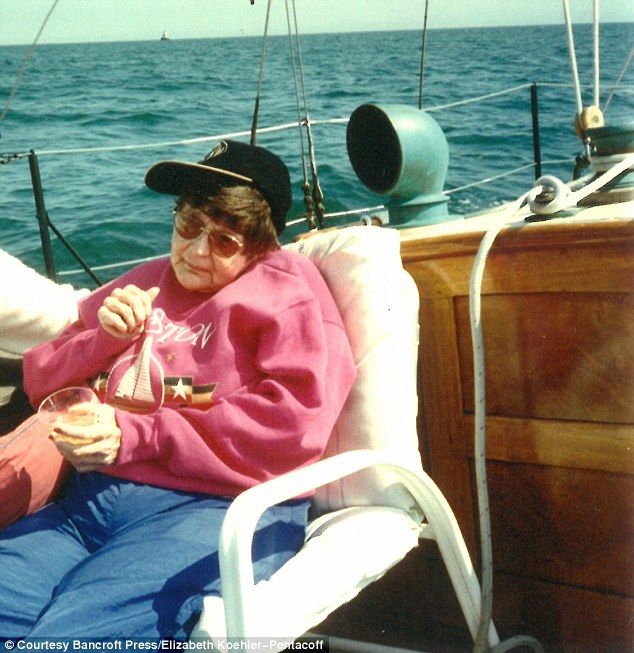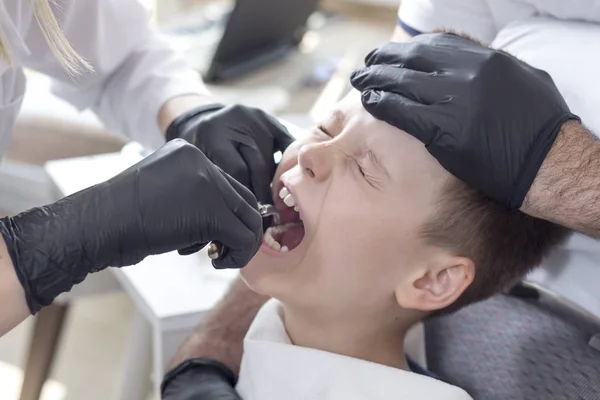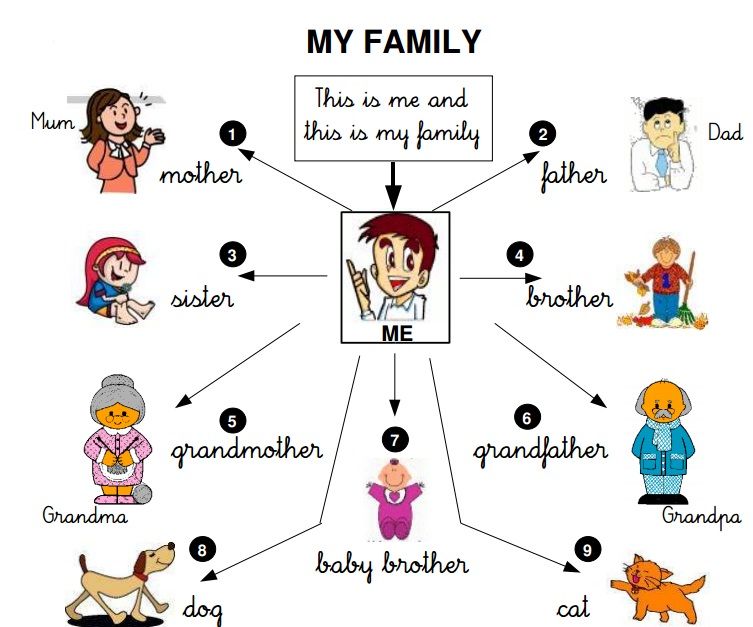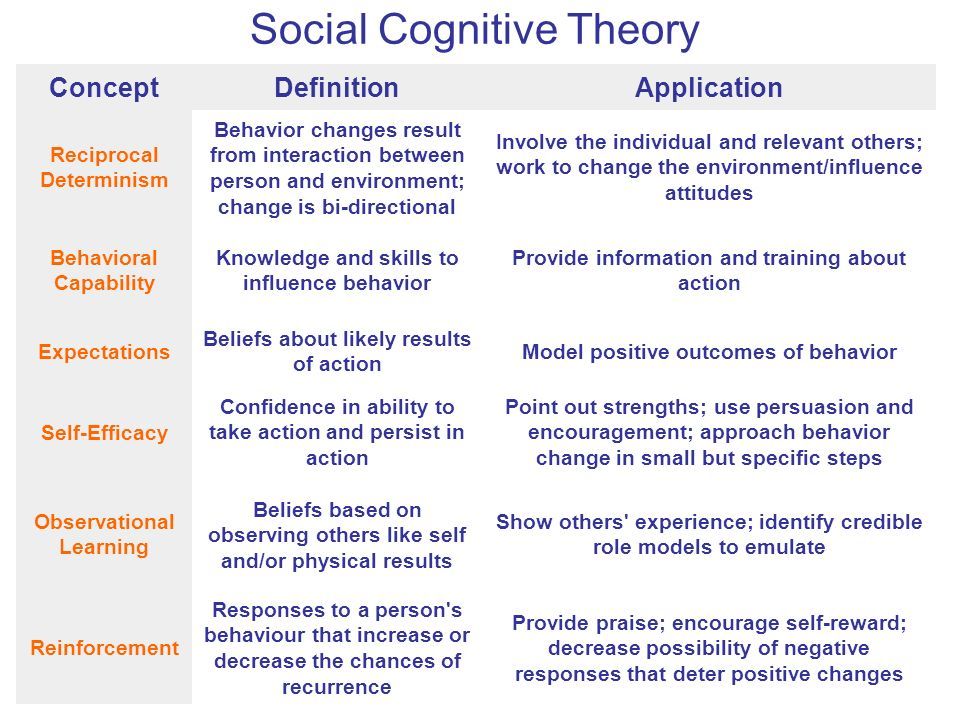Rosemary kennedy before and after lobotomy
The Little-Known Story Of Rosemary Kennedy And Her Brutal Lobotomy
By Katie Serena | Checked By Jaclyn Anglis
Published March 2, 2022
Updated May 2, 2022
After being lobotomized in 1941 at 23 years old, Rosemary Kennedy would spend the rest of her life institutionalized and isolated from her family.
John F. Kennedy Presidential Library and MuseumThe Kennedy family at Hyannis Port on September 4, 1931. From left to right: Robert, John, Eunice, Jean (on lap of) Joseph Sr., Rose (behind) Patricia, Kathleen, Joseph Jr. (behind) Rosemary Kennedy. Dog in foreground is “Buddy.”
Though John F. Kennedy and his wife Jackie Kennedy might be the most recognizable members of their family, the Kennedys were famous long before John became the president of the United States.
John’s father, Joe Kennedy Sr., was a prominent businessman in Boston and his wife, Rose, was a noted philanthropist and socialite. Together they had nine children, three of whom went into politics. For the most part, they lived their lives in the open, almost like America’s version of a royal family.
But, like every family, they had their secrets. And perhaps one of their darkest secrets was that they had lobotomized their eldest daughter, Rosemary Kennedy — and institutionalized her for decades.
The Early Life Of Rosemary Kennedy
John F. Kennedy Presidential Library and MuseumThe Kennedy children in 1928. Rosemary is pictured third from the right.
Born on September 13, 1918, in Brookline, Massachusetts, Rosemary Kennedy was the third child of Joe and Rose and the first girl in the family.
During her birth, the obstetrician who was supposed to be delivering her was running late. Not wanting to deliver the baby without a doctor present, the nurse reached up into Rose’s birth canal and held the baby in place.
The actions of the nurse would have serious consequences for Rosemary Kennedy. The lack of oxygen delivered to her brain during her birth caused lasting damage to her brain, resulting in a mental deficiency.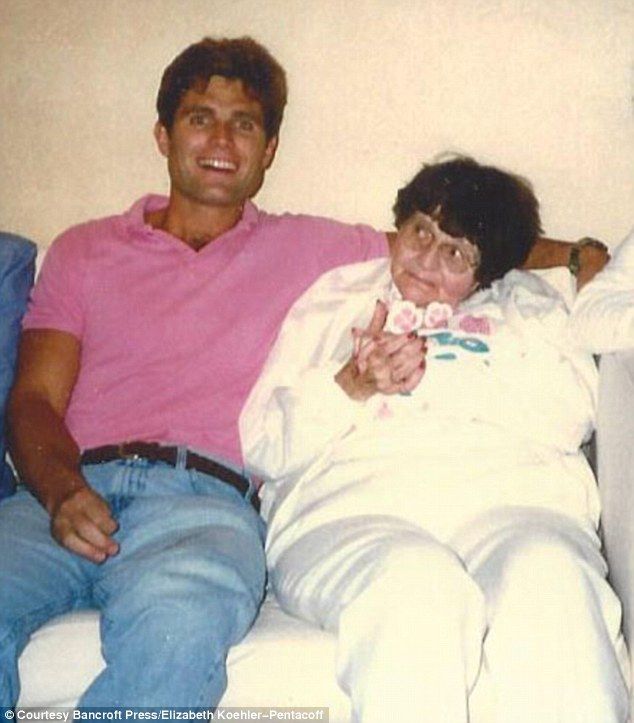
Though she looked like the rest of the Kennedys, with bright eyes and dark hair, her parents realized that she was different right away.
As a child, Rosemary Kennedy was unable to keep up with her siblings, who would often play ball in the yard, or run around the neighborhood. Her lack of inclusion often caused her to experience “fits,” which were later discovered to have been seizures or episodes relating to her mental illness.
However, in the 1920s, mental illness was highly stigmatized. Fearing repercussions if her daughter couldn’t keep up, Rose pulled Rosemary out of school and instead hired a tutor to teach the girl from home. Eventually, she sent her to a boarding school, in lieu of institutionalizing her.
Then, in 1928, Joe was named an ambassador to the Court of St. James in England. The entire family moved across the Atlantic and was soon presented at court to the British public. Despite her intellectual challenges, Rosemary joined the family for the presentation in London.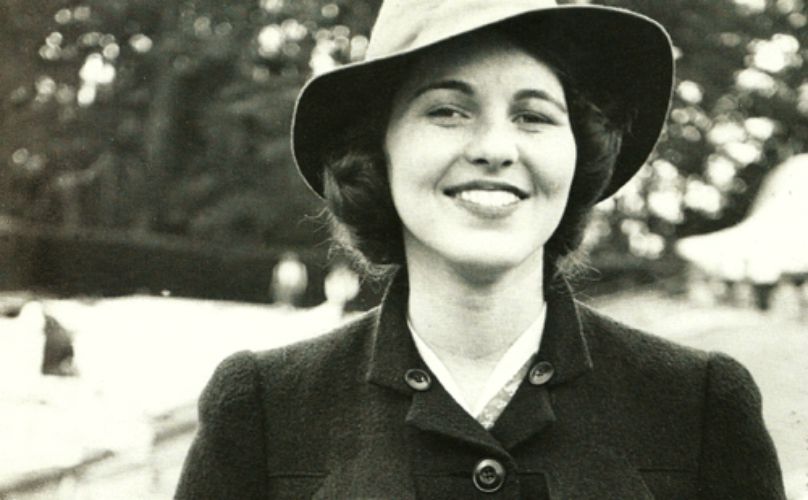
On the surface, Rosemary was a promising debutante, and she clearly put forth an effort to make her parents proud. According to the National Park Service, Rose once described her as “an affectionate, warmly responsive, and loving girl. She was so willing to try to do her best, so appreciative of attention and compliments, and so hopeful of deserving them.”
Of course, most people did not know the extent of Rosemary’s personal troubles, as the Kennedys had worked hard to keep it all quiet.
Why Rosemary Kennedy Was Lobotomized
Keystone/Getty ImagesRosemary Kennedy (right), her sister Kathleen (left), and her mother Rose (center) being presented in London.
In England, Rosemary gained a sense of normalcy, as she had been placed in a Catholic school run by nuns. With the time and patience to teach Rosemary, they were training her to be a teacher’s aide and she was flourishing under their guidance. Sadly, this situation would not last long.
In 1940, when the Nazis stormed Paris, the Kennedys were forced to move back to the United States, and Rosemary’s education was all but abandoned.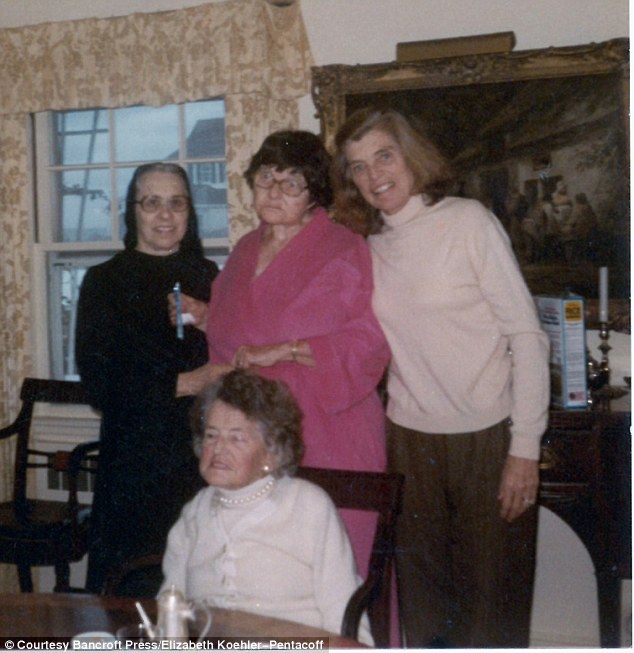 Once back stateside, Rose placed Rosemary in a convent, but it reportedly did not have the same positive effect as the school in England.
Once back stateside, Rose placed Rosemary in a convent, but it reportedly did not have the same positive effect as the school in England.
According to the John F. Kennedy Presidential Library and Museum, Rosemary’s sister Eunice would later write, “Rosemary was not making progress but seemed instead to be going backward.” Eunice continued, “At 22, she was becoming increasingly irritable and difficult.”
She was also reportedly causing trouble for the nuns in the American convent. According to them, Rosemary was caught sneaking out at night to go to bars, where she met strange men and went home with them.
At the same time, Joe was grooming his two oldest boys for careers in politics. Because of this, Rose and Joe worried that Rosemary’s behavior could create a bad reputation not just for herself but for the whole family in the future, and eagerly searched for something that would help her.
Dr. Walter Freeman appeared to have the solution to their problem.
Freeman, along with his associate Dr.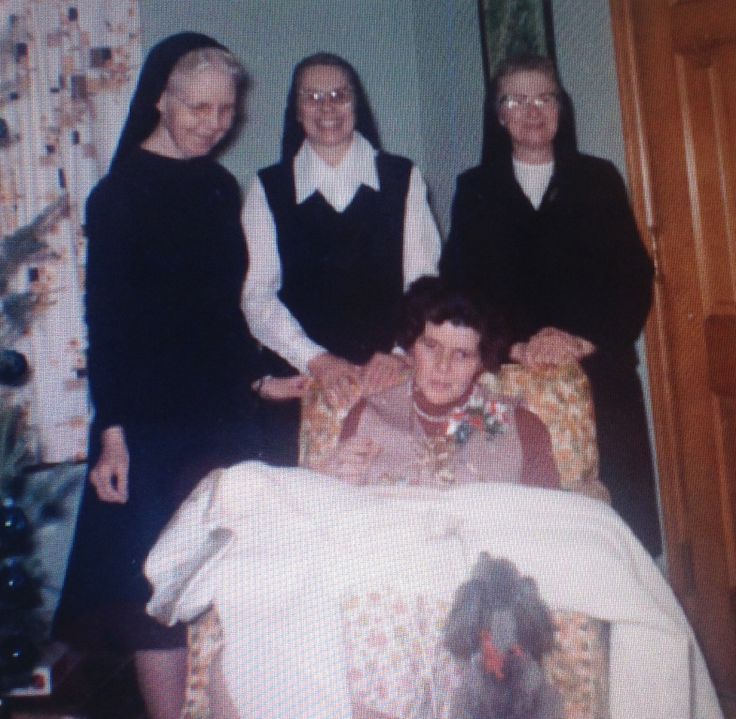 James Watts, had been researching a neurological procedure that was said to cure people who were physically and mentally disabled. That operation was the controversial lobotomy.
James Watts, had been researching a neurological procedure that was said to cure people who were physically and mentally disabled. That operation was the controversial lobotomy.
When it was first introduced, the lobotomy was hailed as a cure-all and was widely recommended by physicians. Despite the excitement, however, there were many warnings that the lobotomy, though occasionally effective, was also destructive. One woman described her daughter, a recipient, as being the same person on the outside, but like a new human on the inside.
Despite the ominous stories about the lobotomy, Joe needed no convincing to sign Rosemary up for the procedure, as it seemed like this was the Kennedy family’s last hope for her to be “cured.” Years later, Rose would claim that she had no knowledge of the procedure until it had already happened. No one thought to ask if Rosemary had any thoughts of her own.
The Botched Operation And The Tragic Aftermath
John F. Kennedy Presidential Library and MuseumJohn, Eunice, Joseph Jr.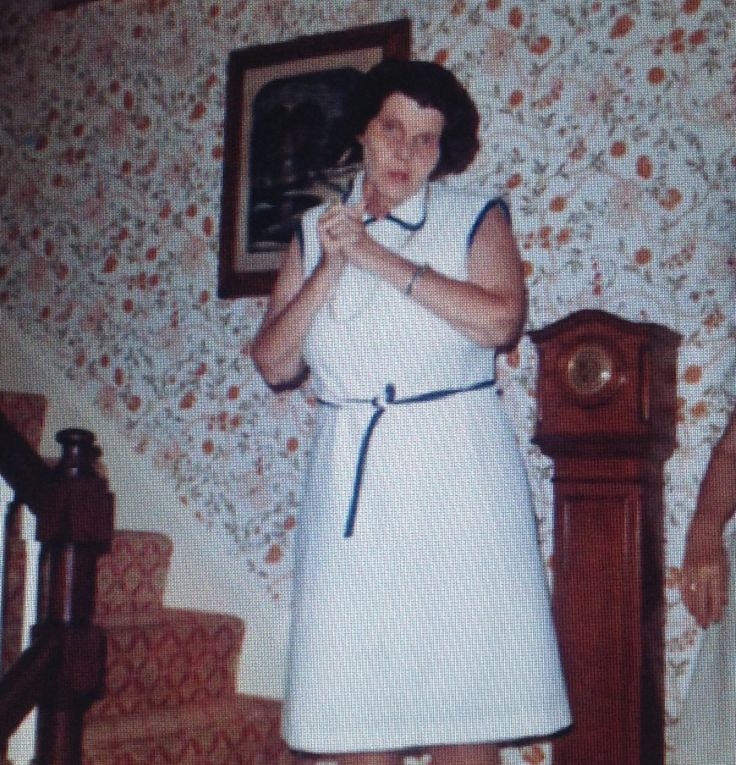 , Rosemary, and Kathleen Kennedy in Cohasset, Massachusetts. Circa 1923-1924.
, Rosemary, and Kathleen Kennedy in Cohasset, Massachusetts. Circa 1923-1924.
In 1941, when she was 23 years old, Rosemary Kennedy received a lobotomy.
During the procedure, two holes were drilled in her skull, through which small metal spatulas were inserted. The spatulas were used to sever the link between the pre-frontal cortex and the rest of the brain. Though it is not known whether he did so on Rosemary, Dr. Freeman would often insert an icepick through the patient’s eye to sever the link, as well as the spatula.
Throughout the entire operation, Rosemary was awake, actively speaking with her doctors and even reciting poems to her nurses. The medical staff all knew that the procedure was over when she stopped speaking to them.
Immediately after the procedure, the Kennedys realized that something was wrong with their daughter. Not only had the operation failed to cure her intellectual challenges, but it had also left her extremely disabled.
Rosemary Kennedy could no longer speak or walk properly.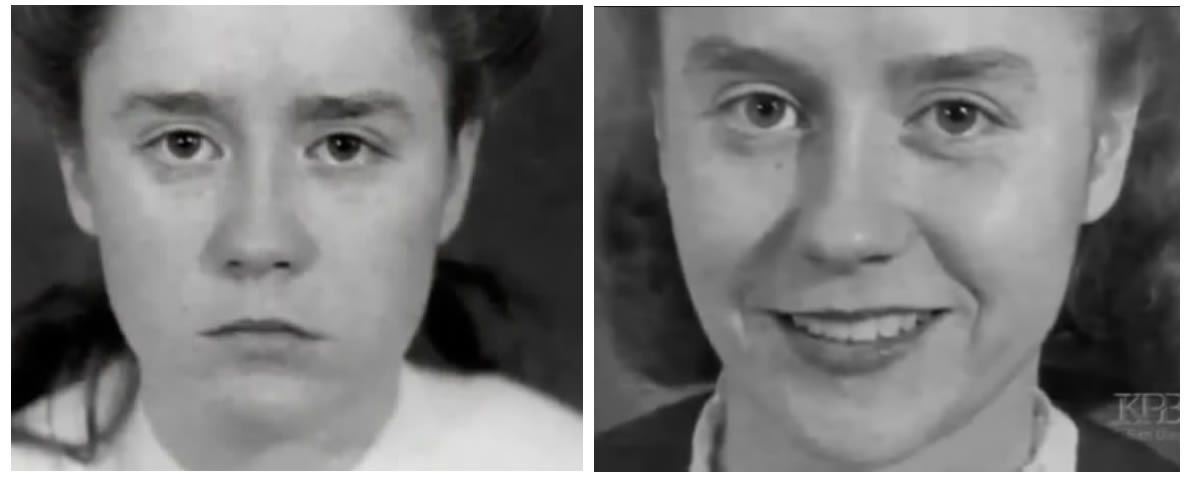 She was moved to an institution and spent months in physical therapy before she regained normal movement, and even then it was only partially in one arm.
She was moved to an institution and spent months in physical therapy before she regained normal movement, and even then it was only partially in one arm.
Her family did not visit her for 20 years while she was shuttered away in the institution. It wasn’t until after Joe suffered a massive stroke that Rose went to go see her daughter again. In a panicked rage, Rosemary attacked her mother during their reunion, unable to express herself any other way.
At that point, the Kennedy family realized what they had done to Rosemary. They soon began to champion rights for disabled people in America.
John F. Kennedy would go on to use his presidency to sign the Maternal and Child Health and Mental Retardation Planning Amendment to the Social Security Act. It was the precursor to the Americans with Disabilities Act, which his brother Ted pushed for during his time as a senator.
Eunice Kennedy, John and Rosemary’s younger sister, also founded the Special Olympics in 1962, to champion the achievements and accomplishments of disabled people.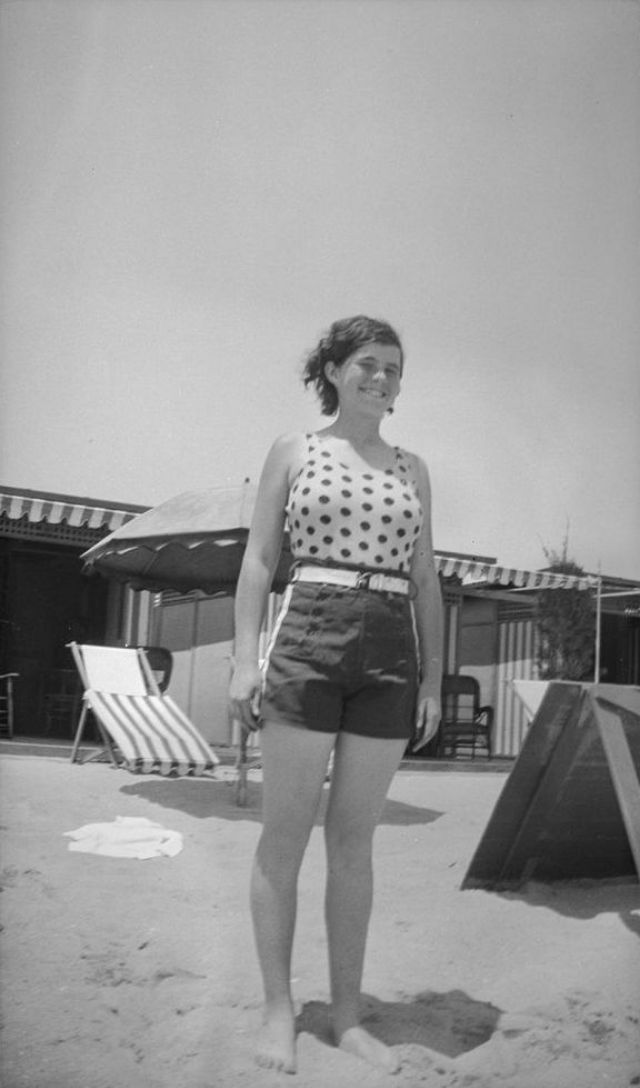 As reported by the History Channel, Eunice denied that Rosemary was the direct inspiration for the Special Olympics. Still, it’s believed that witnessing Rosemary’s struggles played a role in Eunice’s determination to improve the lives of those with disabilities.
As reported by the History Channel, Eunice denied that Rosemary was the direct inspiration for the Special Olympics. Still, it’s believed that witnessing Rosemary’s struggles played a role in Eunice’s determination to improve the lives of those with disabilities.
After being reunited with her family, Rosemary Kennedy lived out the rest of her days in Saint Coletta’s, a residential care facility in Jefferson, Wisconsin, until her death in 2005. She was 86 years old when she died.
After learning about the tragic true story of Rosemary Kennedy and her botched lobotomy, check out these vintage photos of the Kennedy family. Then, go inside the sordid history of the lobotomy procedure.
Rosemary Kennedy's Lobotomy and Mental Health Struggles
By Lyz Lenz
published
(Image credit: Getty Images/Animation by Aaron Halevy)
On September 13, 1918, Rose Kennedy, wife of prominent businessman Joseph Kennedy Sr. , went into labor with her third child. Rose's obstetrician was called to the Kennedys' home, but with a pneumonia epidemic raging through Boston, he failed to arrive before the baby entered the birth canal.
, went into labor with her third child. Rose's obstetrician was called to the Kennedys' home, but with a pneumonia epidemic raging through Boston, he failed to arrive before the baby entered the birth canal.
A nurse, desperate to stop the delivery until the doctor arrived, held Rose's legs closed. When that failed, she reached into Rose's birth canal and held the baby's head in place for an unbelievable two hours. In her book Rosemary: The Hidden Kennedy Daughter, Kate Clifford Larson writes, "It was well understood that preventing the movement of the baby through the birth canal could cause a lack of oxygen, exposing the baby to possible brain damage and physical disability."
When the baby finally arrived, she was named Rose Marie Kennedy, after her mother. Later nicknamed Rosemary, her life would be one of struggle, heartache, medical malpractice, and abandonment. But Rosemary Kennedy's legacy is not a story of tragedy—it's a story of quiet power that would eventually change the quality of life for disabled and mentally ill people across the country.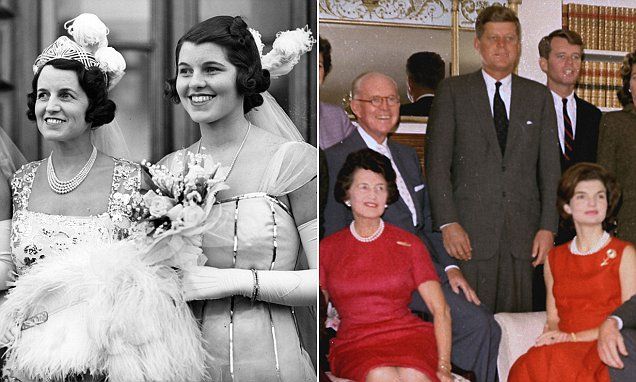
Rose Kennedy with her children (from left: Joseph Jr., JFK, Kathleen, Rosemary, and Eunice) in 1921.
(Image credit: Getty)
Rose knew her daughter was different. By outside appearances, she was like any other Kennedy, with her father's easy smile and her mother's nest of dark hair. But she wasn't as active as her older brothers Joe Jr. and Jack. She struggled in school. Rosemary's disabilities soon became impossible to ignore, and years later, when trying to understand her daughter's issues, Rose sought the advice of physicians, who returned the diagnosis of "mental retardation," "genetic accident," and "uterine accident."
Rosemary (center), with sister Jean and brother Jack, circa 1940.
(Image credit: Getty)
In the quickly expanding household of boisterous, competitive Kennedys, Rosemary was often left behind. She was held back in school, until finally Rose hired private tutors for Rosemary and kept her at home. Watching her brothers and sisters go out without her left Rosemary angry and confused.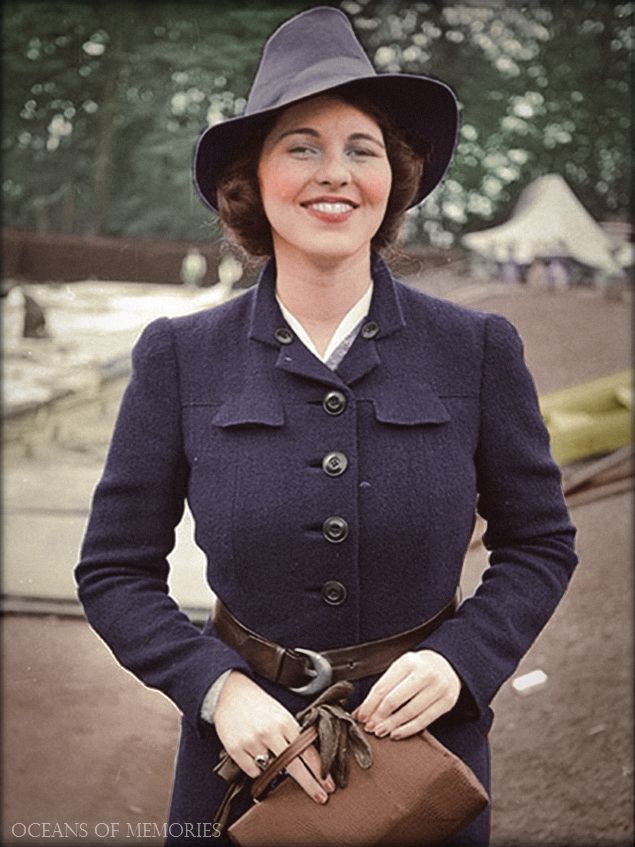 She had "fits," which could have been seizures or episodes of mental illness, explains Clifford Larson. Afraid of Rosemary's vulnerability, Rose never let her leave the house alone. Rosemary often ran away.
She had "fits," which could have been seizures or episodes of mental illness, explains Clifford Larson. Afraid of Rosemary's vulnerability, Rose never let her leave the house alone. Rosemary often ran away.
In the 1920s, the stigma associated with mental disability could ruin a family. Many Americans, including prominent members of society like Teddy Roosevelt, Andrew Carnegie, and John D. Rockefeller, believed in eugenics, a pseudoscience that advocated for forced sterilization of the "defective," a group that included the mental and physically disabled. And then, of course, the Kennedys were devout Catholics, whose church deemed disability the result of sin—a punishment from God.
Sending Rosemary to an institution was too extreme for Rose and Joe Sr. to contemplate. Even for the wealthy, hospitals for people with disabilities were houses of horror—filthy, staffed with under-qualified caregivers and criminals, with patients often chained to walls and subjected to physical and sexual abuse and medical experiments.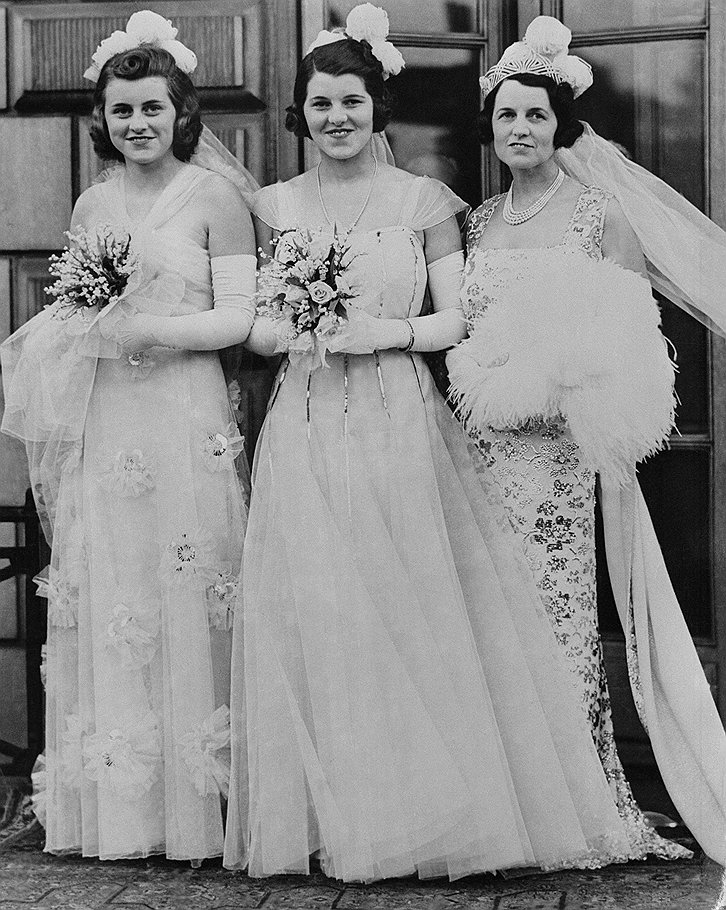 But Rosemary's disability was a challenge her mother couldn't face alone. At age 11, Rosemary was sent to boarding school. Over the next nine years, she attended five different schools. Her letters home show a young girl struggling to get it right. She wrote in a childish script that slants down dramatically off the page. She misspelled words and wrote incomplete sentences. Each letter is filled with a daughter's a desperate desire for approval and affection.
But Rosemary's disability was a challenge her mother couldn't face alone. At age 11, Rosemary was sent to boarding school. Over the next nine years, she attended five different schools. Her letters home show a young girl struggling to get it right. She wrote in a childish script that slants down dramatically off the page. She misspelled words and wrote incomplete sentences. Each letter is filled with a daughter's a desperate desire for approval and affection.
In 1938, Joe Sr. was named ambassador to the Court of St. James in Britain, putting the Kennedy family in an immediate spotlight. The British press was fascinated with the large band of grinning children and their powerful parents. Two weeks after their arrival in Britain, Rosemary and her younger sister Kathleen were to be presented at court, a tradition for young women at the time. Rosemary did whatever she had to in order to master the protocols—pictures show her radiant with a confident smile. The British press fawned over her dress and her style.
Rose Kennedy (center), with daughters Kathleen and Rosemary (right), leaving to be presented at Court, May 11, 1938.
(Image credit: Getty)
"To present Rosemary, an intellectually disabled adult, to the monarchy at Buckingham Palace during the debutante season was more than a bold act," explains Clifton Larson. "A debutante with intellectual disabilities would have stirred long-held prejudices about passing along 'defective' traits to the next generation. Joe and Rose were determined to keep the family secret, making sure that Rosemary was treated just like all the other eligible young women presented at court that year."
While in Britain, Rosemary found brief respite. She was enrolled in Belmont House, a boarding school run by Catholic nuns who embraced the Montessori Method of education, which focused on learning through practical skills and hands-on activities. Rosemary flourished under the guidance of the nuns, who trained her to be a teacher's aide. But after the Germans marched on Paris in the summer of 1940, her family brought her back to the States. Rosemary's reprieve was over.
Rosemary's reprieve was over.
Rosemary was strapped to a table and given an anesthetic to numb her brain, where doctors drilled two small holes. She was wide awake the whole time.
Back at home, Rosemary watched her siblings begin their lives and careers, while she wasn't even allowed outside alone. Rose tried to find another school for her daughter, but few places were equipped to take a disabled adult in her 20s. Rosemary was eventually sent to a convent, where she began sneaking out at night and going to bars. In her book The Missing Kennedy , Elizabeth Koehler-Pentacoff writes that the nuns who cared for Rosemary in the later part of her life believed that during this time, Rosemary was having sex with the men she met.
Joe Sr. was busy plotting the political career of his two oldest sons. Wanting to avoid scandal and looking to find a cure for his daughter's erratic behavior, he began speaking to Dr. Walter Freeman and his associate Dr.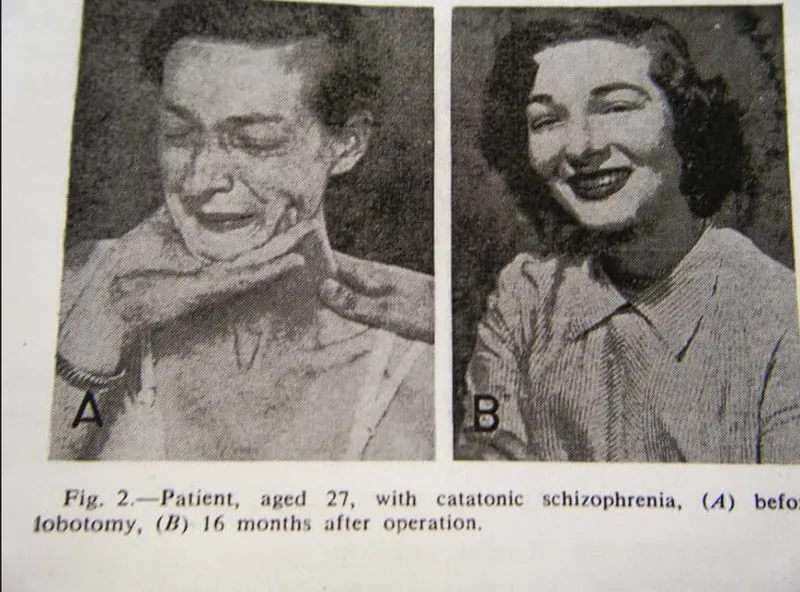 James Watts, the leading practitioners of lobotomies in America. At the time, the procedure was heralded as a cure for the physically disabled and mentally ill.
James Watts, the leading practitioners of lobotomies in America. At the time, the procedure was heralded as a cure for the physically disabled and mentally ill.
Eunice (left) and Rosemary Kennedy on board The Manhattan.
(Image credit: Getty)
Leading up to the invention of the lobotomy—or leukotomy, as it was also called—doctors like Swiss psychiatrist Gottlieb Burckhardt experimented with removing parts of the brain as a way to ameliorate the symptoms of mental illness. Such experiments produced mixed results, at times leading to seizures or death. Yet, reportedly inspired by watching Yale neuroscientist John Fulton subdue two misbehaving chimpanzees by removing their frontal lobes, Portuguese neurophysiologist António Egas Moniz began doing the same to humans in 1935.
Moniz was a celebrated physician, thanks to his development of the cerebral angiography years earlier, and claimed amazing results from his new procedure. In 1936 he published his first paper on prefrontal leukotomy, stating that all of his first 20 patients survived and many improved.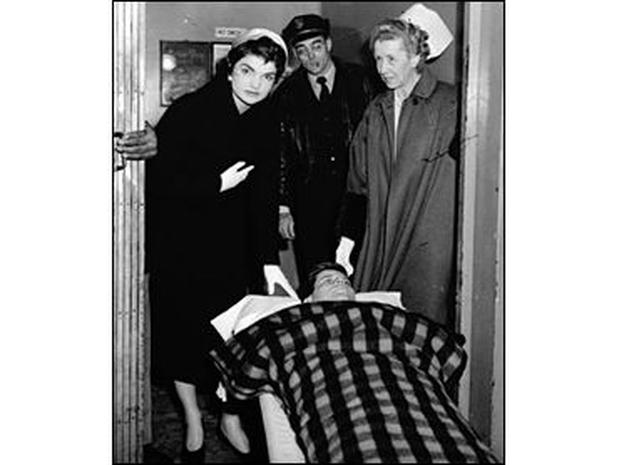 Doctors and families, desperate for a cure for mental illness, eagerly embraced the hope promised by this new treatment. Lobotomies spread throughout the world. A year after Moniz preformed his first leukotomy, Freeman and Watts began operating on mentally ill patients in the States, disconnecting their frontal lobes from the rest of their brains by inserting a metal rod called leucotome into a hole cut into the skull. According to NPR, newspapers described the procedure as "easier than curing a toothache." The United States had the highest rate of lobotomies of any country in the world, with 40,000 to 50,000 performed between the 1930s and 1970s.
Doctors and families, desperate for a cure for mental illness, eagerly embraced the hope promised by this new treatment. Lobotomies spread throughout the world. A year after Moniz preformed his first leukotomy, Freeman and Watts began operating on mentally ill patients in the States, disconnecting their frontal lobes from the rest of their brains by inserting a metal rod called leucotome into a hole cut into the skull. According to NPR, newspapers described the procedure as "easier than curing a toothache." The United States had the highest rate of lobotomies of any country in the world, with 40,000 to 50,000 performed between the 1930s and 1970s.
Despite the fanfare, negative side effects were immediately apparent. In 1948, a mother told a Swedish psychiatrist that a lobotomy had changed her daughter, noting , "She is my daughter but yet a different person. She is with me in body but her soul is in some way lost."
Joe Sr. discussed the procedure with Rose, who asked their daughter Kathleen to look into it.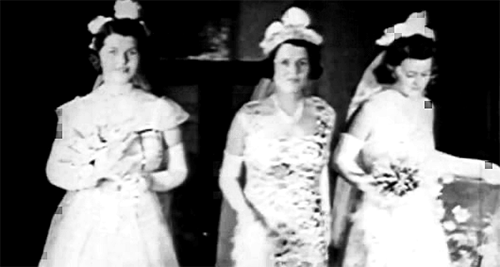 Kathleen spoke with a reporter, John White, investigating mental illness and treatments. White told Kathleen that the effects of lobotomies were "no good." Clifford Larson writes that Kathleen immediately reported back to her mother: "Oh, Mother, no, it's nothing we want done for Rosie."
Kathleen spoke with a reporter, John White, investigating mental illness and treatments. White told Kathleen that the effects of lobotomies were "no good." Clifford Larson writes that Kathleen immediately reported back to her mother: "Oh, Mother, no, it's nothing we want done for Rosie."
But whether out of desperation or determination, Joe Sr. went ahead with the surgery. Years later, Rose would claim she had no idea about it and that Joe Sr. made the decision alone. Clifford Larson resists that narrative, arguing that Rose must have known what happened to Rosemary, if not before then immediately after. Particularly haunting is the fact that we don't know if Rosemary herself was told about the surgery beforehand. Would she have even resisted—the girl who wanted nothing more than to make her parents happy?
After the lobotomy, Rosemary was no longer able to walk or talk.
At the age of 23, Rosemary was admitted to George Washington University Hospital, where she was strapped to a table and given an anesthetic to numb the areas of her brain where Freeman and Watts would drill two small holes.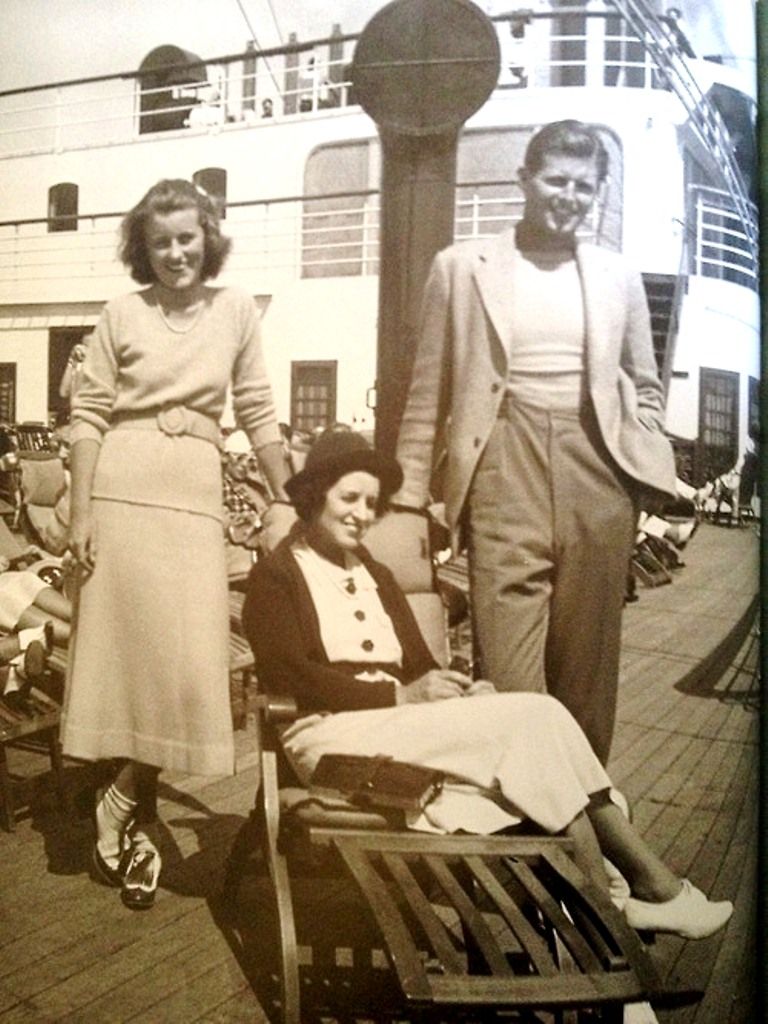 They then inserted a small metal spatula and sliced the connections between her pre-frontal cortex and the rest of her brain. (Freeman often used ice picks for the procedure, hammering the pick in through the eye socket.) Rosemary was wide awake the whole time. The doctors had her recite poems as they cut—when she was silent, they knew the procedure was complete.
They then inserted a small metal spatula and sliced the connections between her pre-frontal cortex and the rest of her brain. (Freeman often used ice picks for the procedure, hammering the pick in through the eye socket.) Rosemary was wide awake the whole time. The doctors had her recite poems as they cut—when she was silent, they knew the procedure was complete.
It would be 20 years until Rosemary saw the rest of her family again.
The hope was that the procedure would subdue Rosemary and end her rebellious jaunts about town. But the result was far more extreme: After the lobotomy, Rosemary was no longer able to walk or talk. It took months of therapy before she regained the ability to move on her own, recouping only the partial use of one arm. One of her legs was permanently turned inward. Months after the surgery, when she regained her ability to speak, it was a mix of garbled sounds and words. The result must have been shocking to Joe Sr., who had clung to the procedure as his last hope for Rosemary.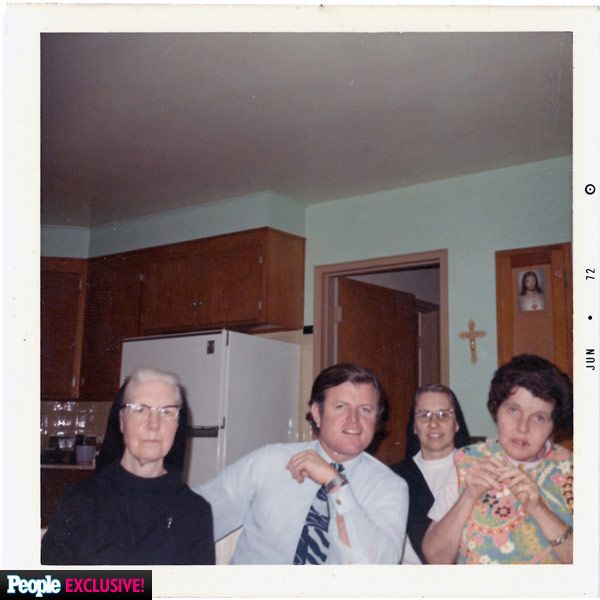 But it couldn't have shocked Dr. Freeman, who had no surgical training and no proof of the astounding results he had claimed. A controlled study of his patients published in 1961 found no difference between "operated and unoperated groups."
But it couldn't have shocked Dr. Freeman, who had no surgical training and no proof of the astounding results he had claimed. A controlled study of his patients published in 1961 found no difference between "operated and unoperated groups."
Rosemary (right) with her caretaker, Sister Paulus, circa 1974
(Image credit: Courtesy of Elizabeth Koehler-Pentacoff Private Collection)
Immediately after the surgery, Joe Sr. moved Rosemary to Craig House, a psychiatric care facility where Zelda Fitzgerald once stayed. At the end of the 1940s, Joe Sr. had her moved to Saint Coletta's, a residential care facility in Jefferson, Wisconsin, where Rosemary lived until her death in 2005.
For 20 years, Rosemary was hidden from her family. Members claim they had no idea where she was, Rose included. But the loss of a sibling is a gaping wound in any group—surely outsiders would have asked after Rosie. By then her brother Jack was a rising political star; her absence was chalked up to the fact that she was simply reclusive.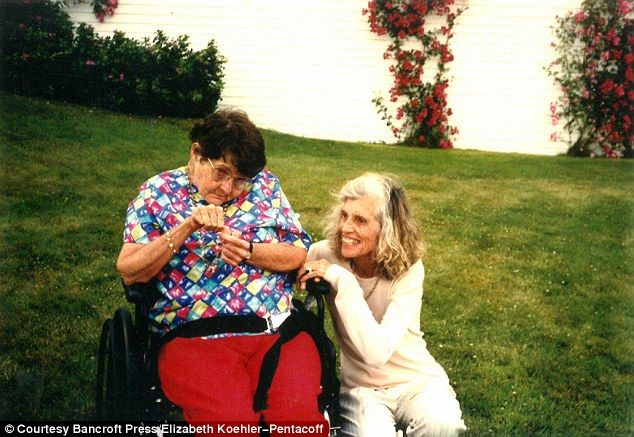 There was even a rumor that she was a teacher for disabled children.
There was even a rumor that she was a teacher for disabled children.
In 1961, Joe Sr. suffered a stroke, and in early 1962, Rose finally saw her daughter again. Koehler-Pentacoff, whose aunt was one of Rosemary's primary caretakers at Saint Coletta's, recalls being told that during their first meeting, Rosemary attacked her mother. Angry, wounded, and abandoned, Rosemary was fighting for herself.
Twenty years after the barbaric procedure that derailed Rosemary's life, the Kennedys began to fight for her too. Rosemary's sister Eunice Kennedy Shriver founded the Special Olympics in 1968 and became a leading advocate for disability rights. Rosemary's nephew Anthony Shriver became an activist for people with developmental disabilities and founded the non-profit Best Buddies International. Rosemary's older brother John F. Kennedy, who became the 35th president of the United States, signed the Maternal and Child Health and Mental Retardation Planning Amendment to the Social Security Act, the first major legislation to combat mental illness and retardation, in 1963.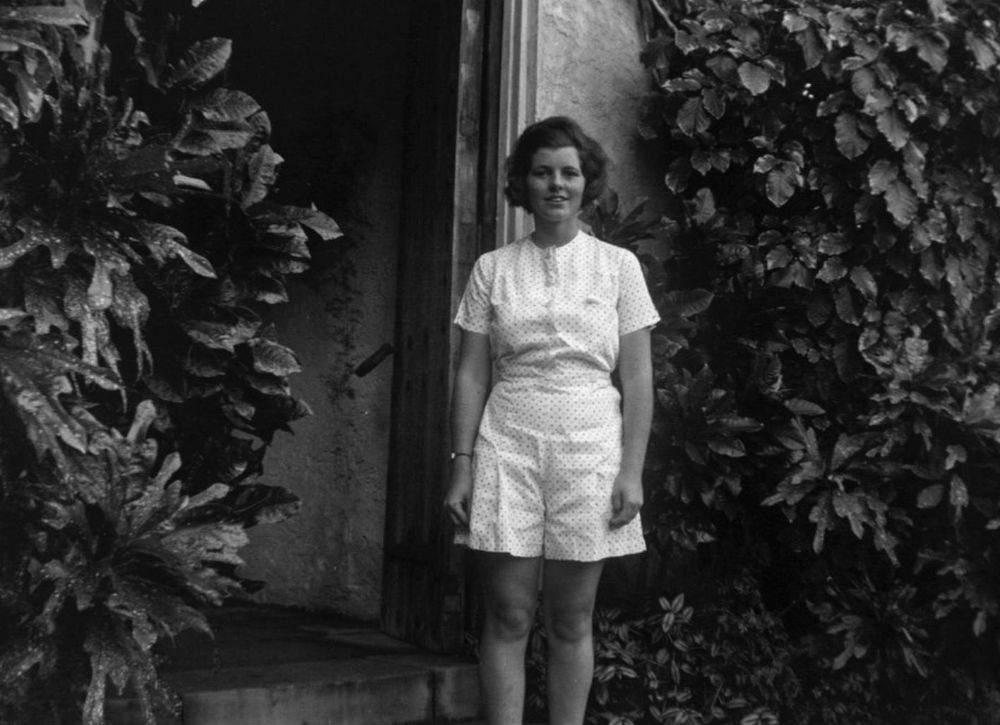 It was a precusor to the American's with Disabilities Act, which Rosemary's little brother Ted—who served as a Democratic Senator for Massachusetts from 1962 until his death in 2009—championed. (It was eventually made law in 1990.) Ted Kennedy also sat on the board of the American Association of People with Disabilities.
It was a precusor to the American's with Disabilities Act, which Rosemary's little brother Ted—who served as a Democratic Senator for Massachusetts from 1962 until his death in 2009—championed. (It was eventually made law in 1990.) Ted Kennedy also sat on the board of the American Association of People with Disabilities.
In his book Fully Alive , Timothy Shriver, son of Eunice, wrote that Rosemary's story inspired the entire family to take on a life of service, noting , "Her role is a powerful part of my life."
"The Trump administration's policies are disastrous for people with disabilities and their families."
My own brother was born with Down syndrome in 1996 and is severely handicapped. Like Rosemary, he struggles to speak for himself and has had to watch his seven siblings leave home one by one, while he is left behind. But because of Rosemary's legacy, his life is much easier than hers. Thanks to the passage of the Individuals with Disabilities Education Act (IDEA) in 1990, he is able to receive training at the local high school.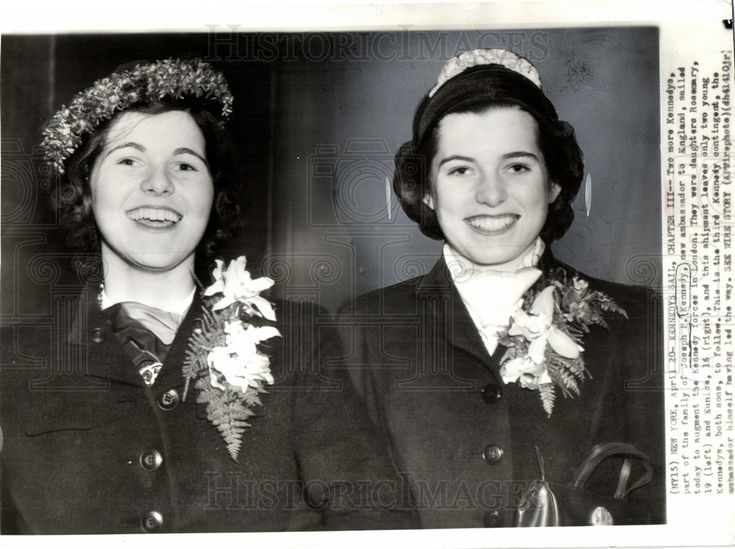 He can go to museums and exercise at the YMCA because of the accessibility laws enforced as a result of the ADA. He has better healthcare and access to physical and occupational therapy that allows him to continue to be himself—my Minon-obsessed, Toy Story-loving brother—long past the age Rosemary underwent her lobotomy.
He can go to museums and exercise at the YMCA because of the accessibility laws enforced as a result of the ADA. He has better healthcare and access to physical and occupational therapy that allows him to continue to be himself—my Minon-obsessed, Toy Story-loving brother—long past the age Rosemary underwent her lobotomy.
Over a decade after her death, examining Rosemary's legacy is more necessary than ever. Donald Trump, a man who mocked a disabled reporter on the campaign trail and whose properties have faced numerous lawsuits over ADA compliance , is the President. His Supreme Court nominee, Neil Gorsuch, ruled in a case about the Individuals with Disabilities Education Act (IDEA) in 2009 that was recently overturned by the Supreme Court, which concluded unanimously that Gorsuch's decision prevented the Autistic child in the case from access to adequate education. Trump's Secretary of Education, Betsy DeVos, is pushing a voucher's program; such programs are proven to disadvantage children with disabilities.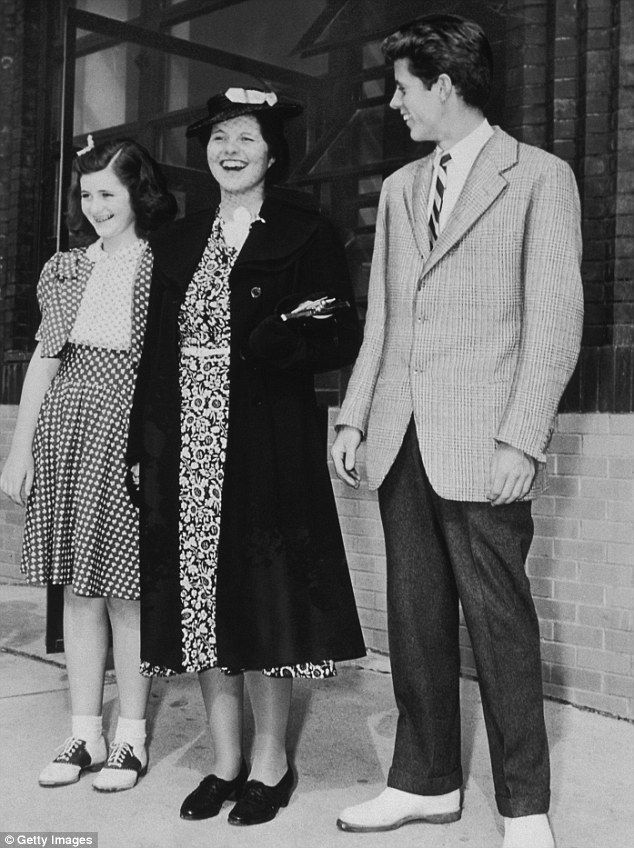 In sum, "the Trump administration's policies are disastrous for people with disabilities and their families," explains disabilities advocate David M. Perry.
In sum, "the Trump administration's policies are disastrous for people with disabilities and their families," explains disabilities advocate David M. Perry.
I spoke with Koehler-Pentacoff, who noted that despite the strides made by the Kennedy family in the decades following Rosemary's lobotomy, the job of advocating for people with disabilities is far from done. "We need to listen," she said. "Listen when people with disabilities speak, and make a place for their voices in your life."
In the shadow of Rosemary's legacy, it's up to us to prevent those voices from ever being silenced again.
Follow Marie Claire on Facebook for the latest news, fascinating reads, video, and more.
.
Lyz Lenz is the author of Godland and Belabored. Her writing has appeared in The New York Times, Pacific Standard, and Buzzfeed. She lives in Iowa, but you can find her on Twitter @lyzl.
"Tried to help his daughter and destroyed her"
Rosemary and Joe Kennedy, 1938. Photo: wikipedia.org
Photo: wikipedia.org The American businessman and politician, the US ambassador to the UK, a devout Catholic with Irish roots Joe Kennedy and his wife Rose had nine children. In family photographs of the Kennedy clan, they are all as one - happy, white-toothed, flawless. Joy and pride of parents. Like arrows fired by a skilled archer, their father had told them, you must aim for success. Only success.
Among them is a girl named Rosemary. She is as beautiful as her sisters and brothers, and has the same infectious laugh. But she is different from them. This is a skeleton in the closet, the most terrible secret and eternal shame of Joe Kennedy - his daughter Rosemary is mentally retarded.
Birth of
Kennedy family at Port Hyannis, Massachusetts in 1931, Rosemary is third from right. Photo: wikipedia.org Joe Kennedy was away when his wife went into labor. The doctor promised to arrive on time, but because of the Spanish flu epidemic that was raging in Boston at that moment, he was late.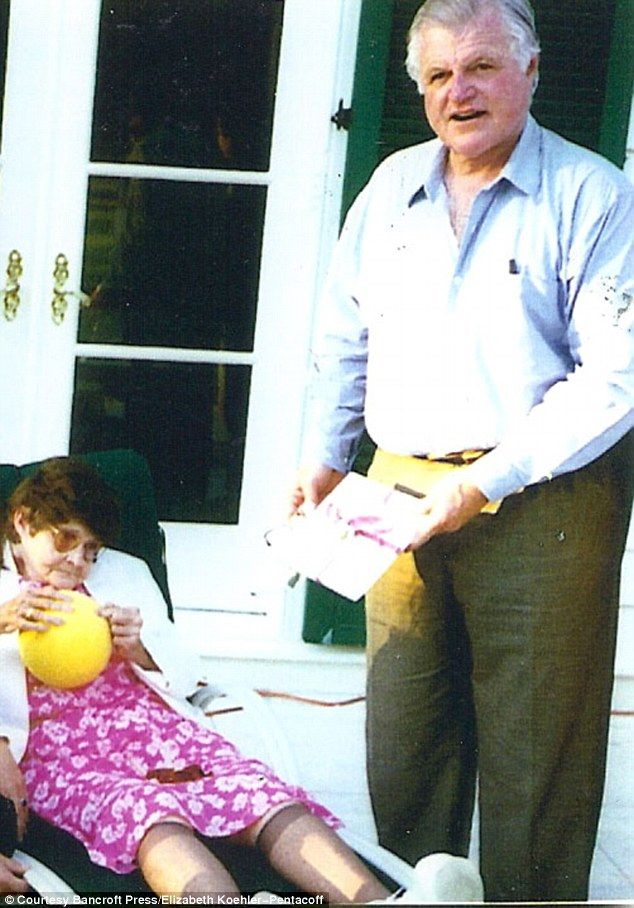 The nurse, who was always with Rose, out of fear or inexperience, made a terrible decision - to delay the birth, by all means wait for the doctor. When the child was ready to be born, she forcefully held the baby in the birth canal, literally pushing the head back. In this position, she kept the child for two hours.
The nurse, who was always with Rose, out of fear or inexperience, made a terrible decision - to delay the birth, by all means wait for the doctor. When the child was ready to be born, she forcefully held the baby in the birth canal, literally pushing the head back. In this position, she kept the child for two hours.
As a result, the girl received a powerful dose of oxygen starvation. Why the nurse did this, why Rose did not object, because she was already an experienced mother, no one ever found out. The girl was born charming, but very soon the parents discovered that Rosemary was not developing like an ordinary child. Oxygen starvation during childbirth led to mental retardation. That was the verdict of the doctors.
The shocked parents did everything to help Rosie and at the same time hide their daughter's illness from others. While she was little, she succeeded, but as a teenager, Rosemary began to experience acute attacks of aggression - before her eyes she turned from a quiet, gentle girl into a rude and dangerous one.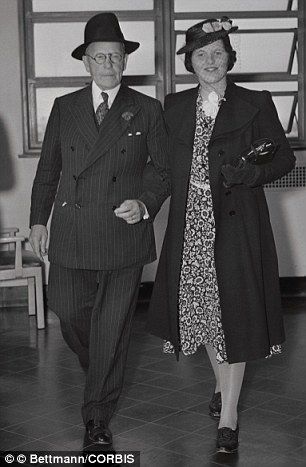 Once she attacked an old grandmother - she had to be torn off by force. The situation was becoming critical.
Once she attacked an old grandmother - she had to be torn off by force. The situation was becoming critical.
The mother tried to find an institution where her special daughter could study in peace to the best of her ability, but at that time there were no such places for an 18-year-old girl with a mental disability. Rosemary was eventually sent to a convent by her Catholic parents, from where she began to run away at night, going to bars and dating dubious men. Her hypertrophied, uncontrollable sexuality was the last straw that overflowed the cup of despair and patience of her parents.
Villain or sufferer
Joe Kennedy, 1938 Photo: wikipedia.org Joe was not afraid of anyone or anything but God. He always emerged victorious from all life's troubles. The more he was humiliated, the more he aspired to. Having grown rich and made a career in politics, Joe dreamed that his sons (strong and beautiful, like columns in a temple, he used to say) would go even further and one of them would become the president of the United States.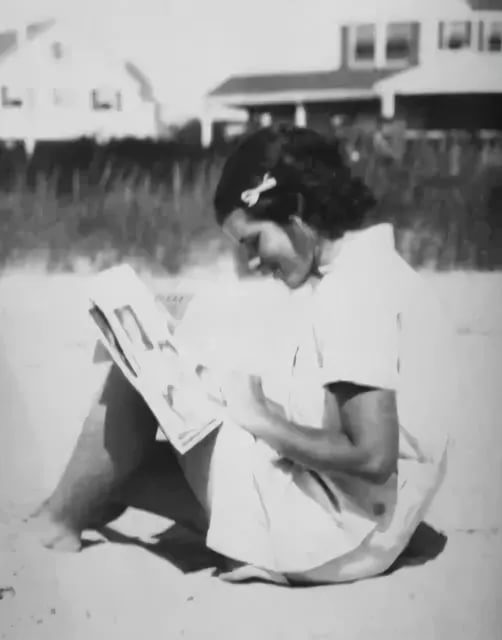
He demanded perfection from his children and was sincerely upset if something did not work out. Rosemary's appearance and behavior caused his pride real pain. When she recovered by a few kg, her father wrote a letter to the monastery where the girl then lived, demanding that her diet be changed so that her daughter could lose weight and become perfect. He threatened that if she did not lose weight, he would forbid her to participate in family photo shoots. He was going crazy, her existence did not fit into his picture of the world. This daughter was causing so many problems... what if her mental illness interfered with the brothers' careers? He couldn't let anything get in the way of his boys. Having made an incredible way up himself, Joe was not going to give in.
Finding the Right Solution
Rosemary Kennedy. Photo: wikipedia.org Parents wanted to help Rosemary, but did not understand how. Of course, they were pressured by how then, in the early forties, people with mental disabilities were treated.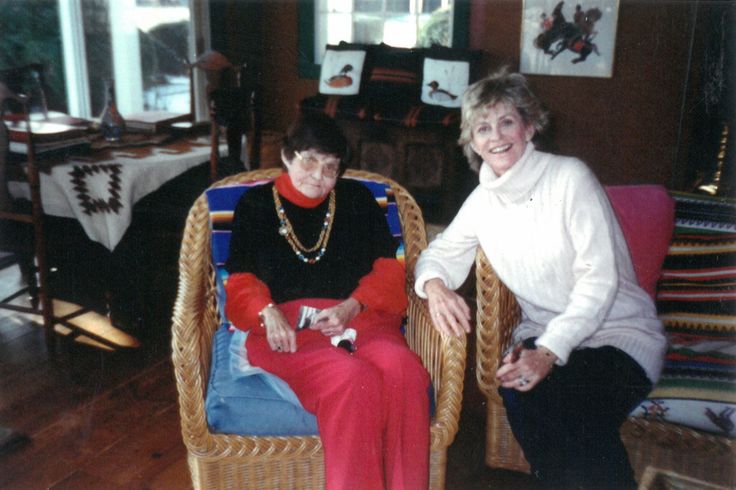 Many Americans believed in eugenics, which called for the sterilization of the “inferior.” Some Catholic priests convinced parishioners, among whom was the Kennedy family, that a child's disability was God's punishment for the sins of the parents.
Many Americans believed in eugenics, which called for the sterilization of the “inferior.” Some Catholic priests convinced parishioners, among whom was the Kennedy family, that a child's disability was God's punishment for the sins of the parents.
They were asked to assign Rosemary to live in a psychiatric hospital. But Joe loved his daughter and could not imagine that she would end up "in an institution." He had heard rumors of how cruelly the patients were treated there.
Many could not stand the "treatment" - drugs appeared only in the fifties, and before that they practiced electroshock therapy, "drowning in the bath", insulin shock therapy. Mental hospitals were called houses of horror, where patients were subjected to physical and sexual abuse, medical experiments. Joe could not condemn his daughter to such suffering. But the problem needed a solution. After exploring all possible options, Joe passionately believed that he had found the only possible way out of this situation - a lobotomy.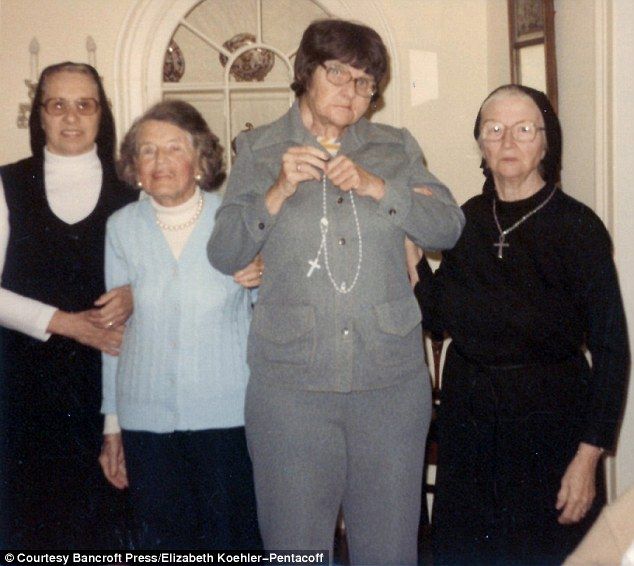
Anesthesia electroshock
Lobotomy. Photo: wikipedia.orgA unique, revolutionary method, authoritative Time, Readers Digest, Newsweek vying wrote about it. Lobotomy was seen as a panacea. It was assumed that this operation leads to the pacification of violent patients. In 1949, the author of this invention, the Portuguese neurosurgeon and psychiatrist Egas Moniz, received the Nobel Prize.
Moniz recommended the use of lobotomy only in extreme cases, but a man appeared in the USA who simplified and streamlined it - and he was believed, despite the horrendous results.
Neurologist Walter Freeman had no surgical training, but confidently carried out the procedure - about 18 thousand unfortunate people went through it. Freeman aimed the narrowed end of a surgical instrument resembling an ice pick at the eye socket bone, then pierced the thin bone with a special hammer and inserted the instrument into the brain. After that, the fibers of the frontal lobes of the brain were cut with the movement of the knife handle.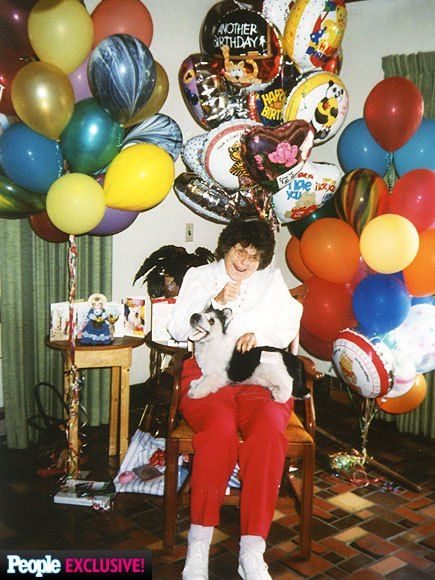
In his first operations, Freeman used electric shocks as anesthesia. He liked to put on a show during the lobotomy, inviting the audience. Never used antiseptics, masks and gloves. He had ardent supporters and the same opponents. “Freeman is considered the most despised doctor of the 20th century,” medical historian Jack El-Hai wrote about him in his famous book The Lobotomist: A Medical Genius and His Tragic Destiny to Rid the World of Mental Disease.
About 14% of patients after Freeman's procedure died, thousands became severely disabled, about a quarter were left to live with the intellectual capabilities of a pet, but "we are quite happy with these people," Freeman assured. A small part - miraculously cured of mental illness.
Removed from memory and banned
Rosemary Kennedy (right) from visiting St. Colette, a Catholic almshouse in Wisconsin. Photo: wikipedia.org Joe Kennedy also hoped for a miracle when he entrusted his daughter to Freeman: 23-year-old Rosemary was hospitalized at the George Washington University Hospital for a lobotomy. She was tied to a table and given painkillers. During the operation, the girl did not sleep, she was asked to read poetry. When Rosemary paused, they realized that the procedure was complete.
She was tied to a table and given painkillers. During the operation, the girl did not sleep, she was asked to read poetry. When Rosemary paused, they realized that the procedure was complete.
The hope that the lobotomy would pacify the wild temper of the daughter failed. The result was disastrous - Rosemary turned into a deep invalid. She could not walk, make sentences, or follow even simple directions. They tried to teach her basic skills, but most of them she no longer recovered.
Joe never saw his daughter again and forbade other family members to visit her - they were able to do this only 20 years later, when the head of the family fell ill with a stroke. Immediately after the operation, she was admitted to the psychiatric hospital where Zelda Fitzgerald had once been treated, and then transferred to St. Colette, a Catholic almshouse in Wisconsin. There Rosemary spent the next six decades, hidden from society and under the supervision of nuns. She died in 2005 at the age of 87. Her father never visited her.
Her father never visited her.
“I don't know how my grandfather could have let her disappear from his life, the apparently horrific result of the lobotomy destroyed him,” recalled one of Joe Kennedy's grandsons Shriver. “This is a heartbreaking story about how a father tried to help his daughter, but caused her so much harm.”
Special Olympics
Special Olympics 2003 opening ceremony. Photo: wikimedia.orgJohn and Rosemary's younger sister, Eunice Kennedy, and later her children and nephews dedicated their lives to fighting for the rights of special people. It was Eunice who "returned" Rosemary to the family and began to put pressure on her brother, who by that time had become the President of the United States, to include the agenda of children and adults with mental disabilities in his political program.
In 1962, Eunice opens a free summer camp for special children on his estate in Maryland. Everyone who has been there spoke about the unusual sight: noise, din, laughter and a lot of happiness.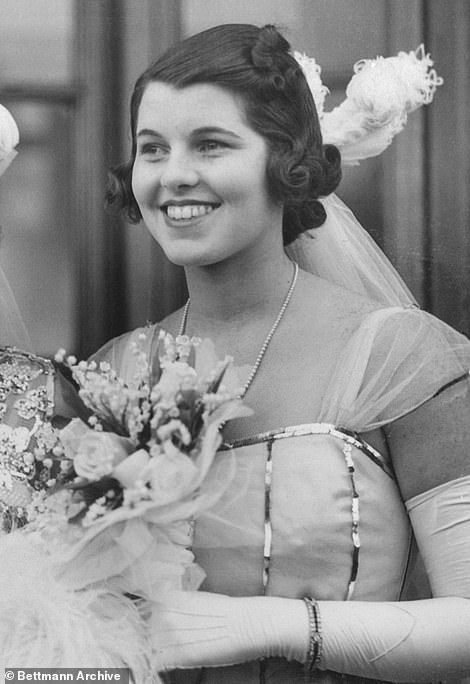 Special children rode, swam, jumped on a trampoline, archery, climbed trees, built tree houses, played tennis. And Eunice was always there, running with a racket, playing, comforting, inspiring.
Special children rode, swam, jumped on a trampoline, archery, climbed trees, built tree houses, played tennis. And Eunice was always there, running with a racket, playing, comforting, inspiring.
From this camp in 1968 grew the famous Special Olympics, which proclaimed that people with intellectual disabilities have every chance to participate in sports competitions. Special Olympics is one of the most famous and respected charitable organizations in the United States and at the same time an international event. Held every two years, alternating summer and winter sports. Today, more than five million children and adults from over 170 countries participate in it. Eunice insisted that thanks to sports, we help not special people, but first of all ourselves - to grow above ourselves, supporting others.
She made it a point to periodically invite children with mental and other disabilities to her home and never felt it was a burden. Relatives and friends noted that Eunice had a talent for creating an amazing atmosphere in which everyone felt joy and found a sea of \u200b\u200bopportunities.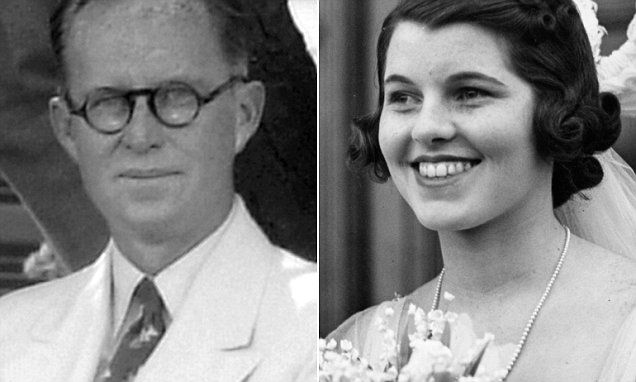
116 laws and amendments
Eunice Kennedy with Special Olympics badge. 2017 Photo: AP Photo/TASSWith the support and active participation of Eunice, John F. Kennedy made mental disability a priority - together they wanted to overcome the stigma against children with mental disabilities that had such a terrible impact on their sister's life.
First came the National Institute of Child Health and Development in the United States, charged with conducting and supporting research into mental disorders and all aspects of maternal and child health. Then there is the Council on Mental Retardation, which includes 27 leading specialists and experts in the field of medicine, social support and education. On October 24, 1963, Kennedy signed the Maternal and Child Health and Mental Retardation Amendment to the Social Security Act, the first major piece of legislation to support the rights of people with mental illness. Thanks to state funding, new ones began to appear throughout the country, including community centers for the care and treatment of people with mental disabilities, research and diagnostic centers, and university clinics.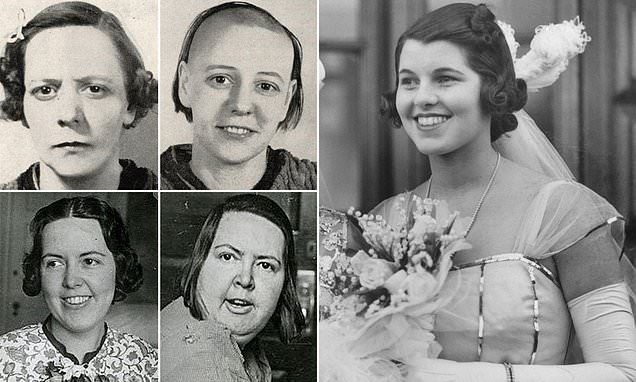
At a special ceremony commemorating the signing of the landmark law, the President said: “In the past, it was believed that the human mind is a distant and inaccessible territory, it can neither be reached nor explored. But today the level of development of science allows any nation rich in human and material resources, like ours, to make accessible the most remote corners of the mind. We must no longer deny people with mental illness our affection or the help of our communities."
In the twenty years since the Kennedy administration came to power, the US Congress has passed 116 laws and amendments to support people with mental disabilities and their families.
Why did Kennedy lobotomize his own daughter? Among them was a girl named Rosemary. For a long time, Rosemary's existence was a skeleton in the Kennedy family's closet. After all, at first the girl was born mentally retarded, and then she underwent a lobotomy, which ruined her life. "Rambler" will tell you more about it.
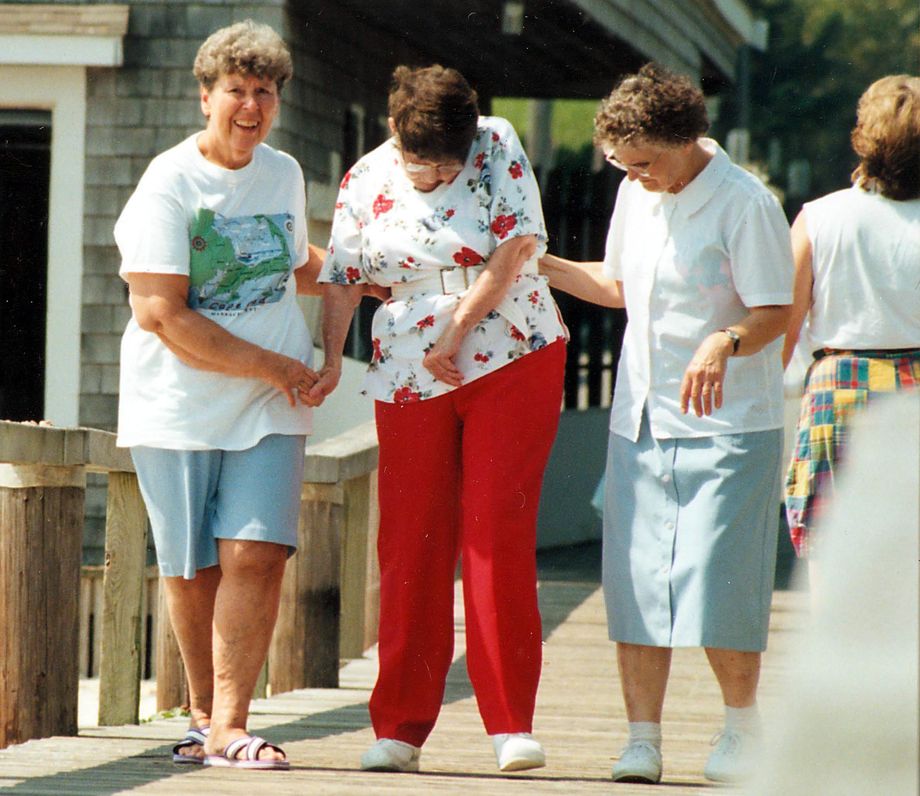
Photo: wikipedia.orgwikipedia.org
The doctor could not come to the birth on time due to the Spanish flu, and the nurse decided to delay the birth and wait for the doctor. Due to oxygen starvation, the girl was born with disabilities. She crawled slowly, did not walk right away, and with difficulty learned to speak differently.
Video of the day
The doctor couldn't come to the birth on time because of the Spanish flu, so the nurse decided to delay the birth and wait for the doctor. Due to oxygen starvation, the girl was born with disabilities. She crawled slowly, did not walk right away, and with difficulty learned to speak.
Parents hid their daughter's illness, they turned to doctors, but this did not lead to success. It became very difficult when Rosemary began her transitional age. The girl had fits of rage, which became dangerous.
The mother tried to find an institution where her daughter could study in peace, but such institutions did not exist then.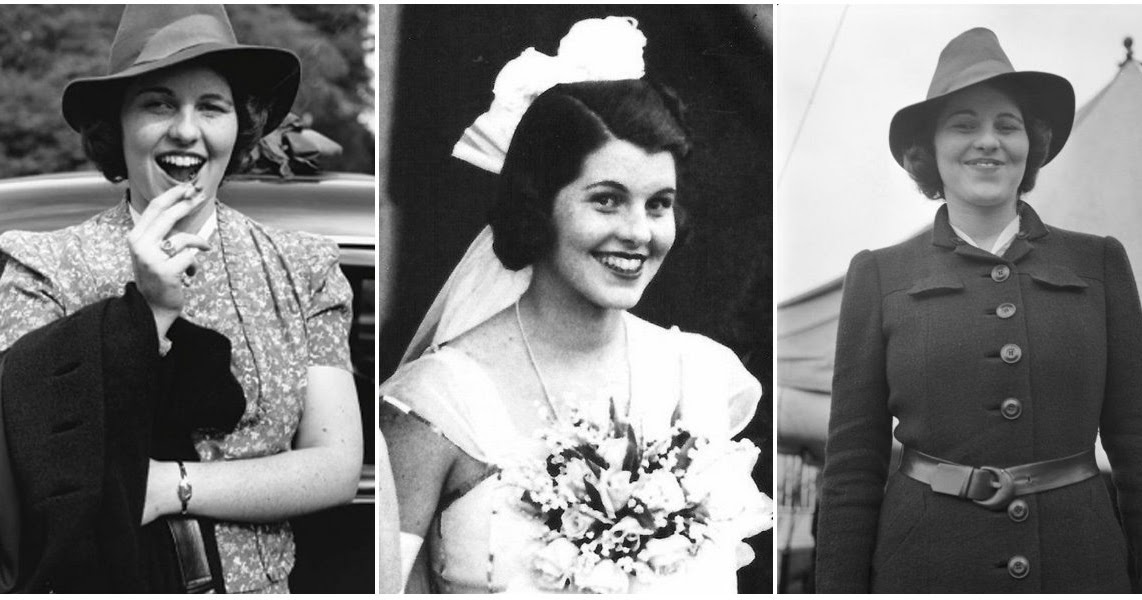 And the daughter was sent to a monastery, later she began to run away at night, go to bars and meet men. Unruly sexuality was the last straw, the family could not be disgraced.
And the daughter was sent to a monastery, later she began to run away at night, go to bars and meet men. Unruly sexuality was the last straw, the family could not be disgraced.
Joe Kennedy was a politician and dreamed that his sons would go even further and one of them would become President of the United States. A dissolute daughter could ruin everything, and he suffered greatly about this.
Career forced the Kennedy family to portray the ideal. A sick child did not fit into this picture. The problem had to be solved and the father agreed to the lobotomy proposed by the doctor.
At the time, lobotomy was seen as a panacea. It was assumed that this operation leads to the pacification of violent patients. And the author of this invention, the Portuguese neurosurgeon and psychiatrist Egas Moniz, received at 1949 Nobel Prize. However, he assured that this was a method for extreme cases, but another person continued his work. A man without principles and education.
Neurologist Walter Freeman had no experience in surgery, but performed a lobotomy. About 18,000 patients have gone through the procedure. Freeman aimed a narrow and sharp tip at the bone of the eye socket, then pierced the bone with a hammer and inserted the instrument into the brain. After that, the fibers of the frontal lobes of the brain were cut with the movement of the knife handle.
In his first operations, Freeman used electric shocks as anesthesia. Never used antiseptics, masks and gloves. Doctors despised him, but people continued to apply. The statistics were terrible: 14% of patients out of 18,000 died, thousands became severely disabled, about a quarter were unable to serve themselves.
However, it was this man who, in November 1941, drilled holes on both sides of Rosemary's head. He inserted flexible spatulas into both holes and began to move deeper into her skull. They cut the girl's brain under tranquilizers, asking her questions that she could answer.